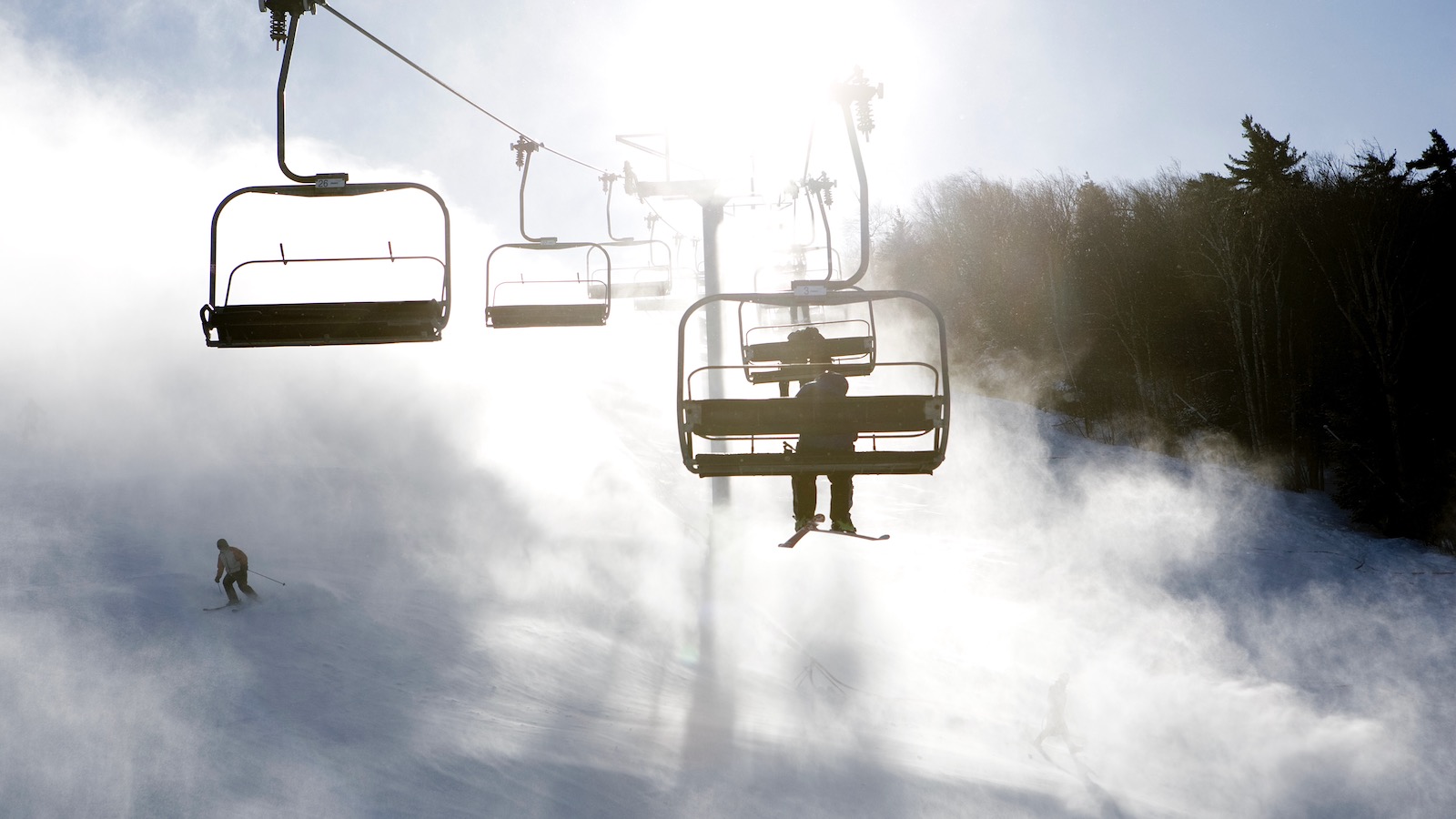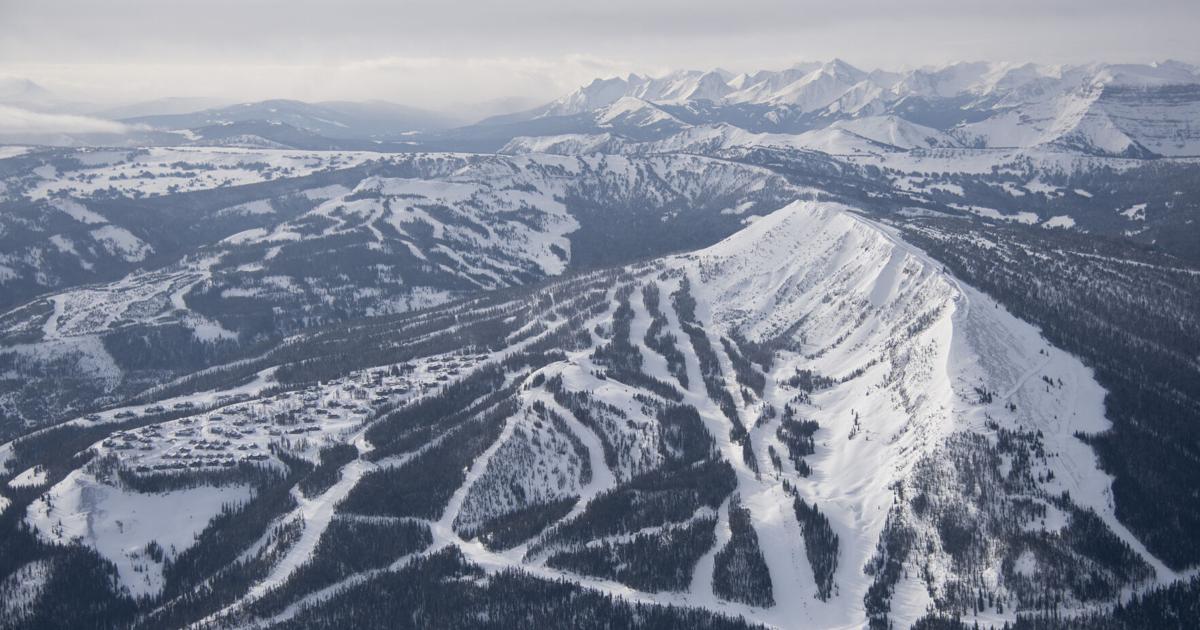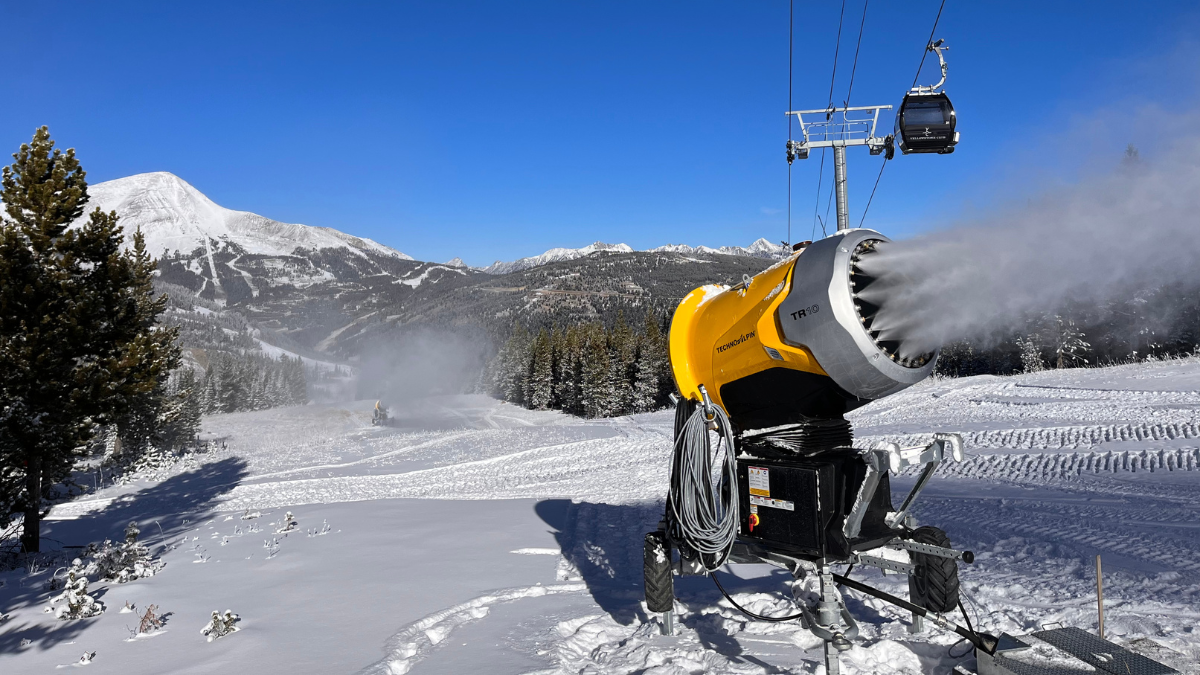Bromley snowmaking article

 grist.org
grist.org

Greener snowmaking is helping ski resorts weather climate change
As a warming world creates an existential threat for the ski industry, resorts are reducing how much energy they need to make it snow.







